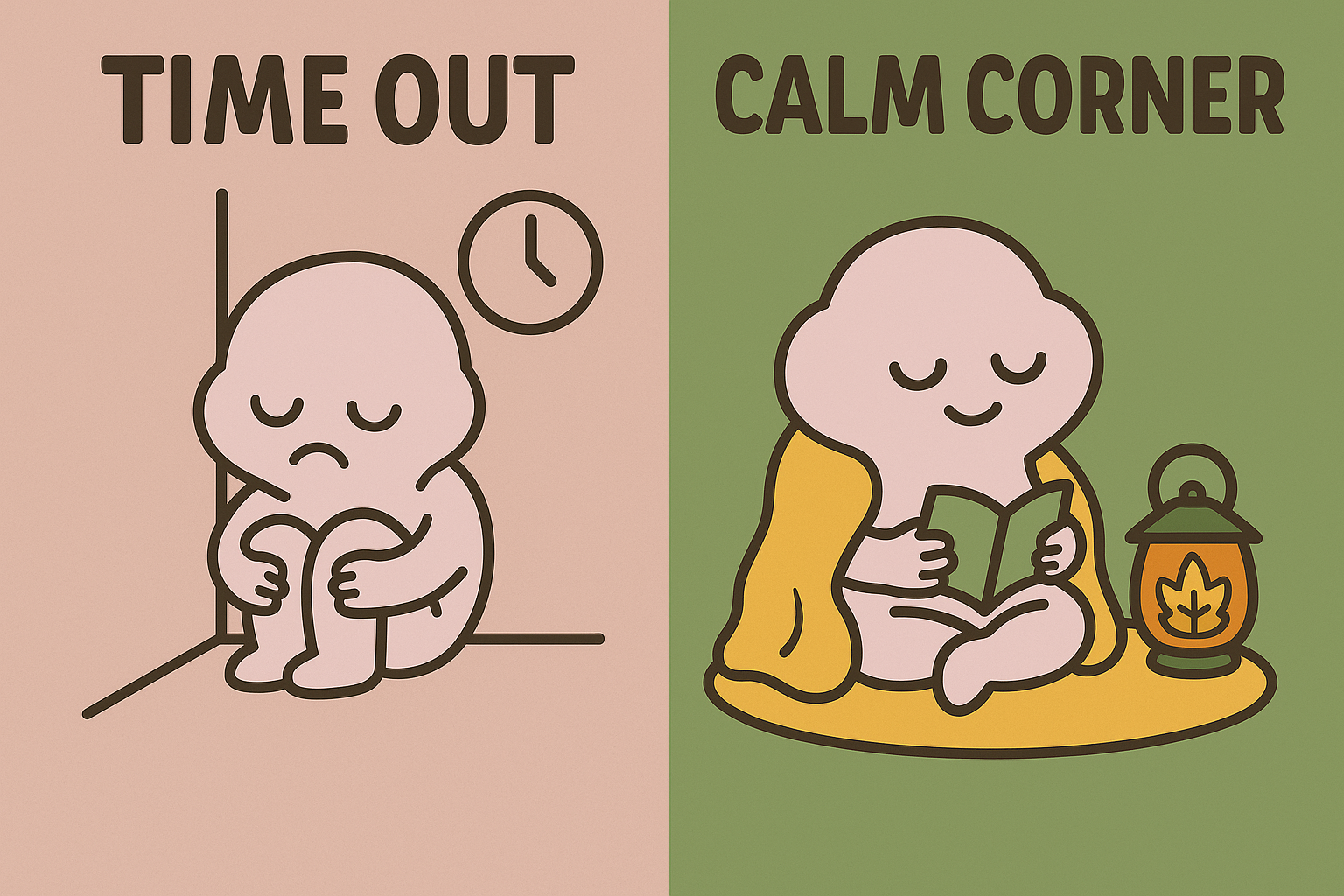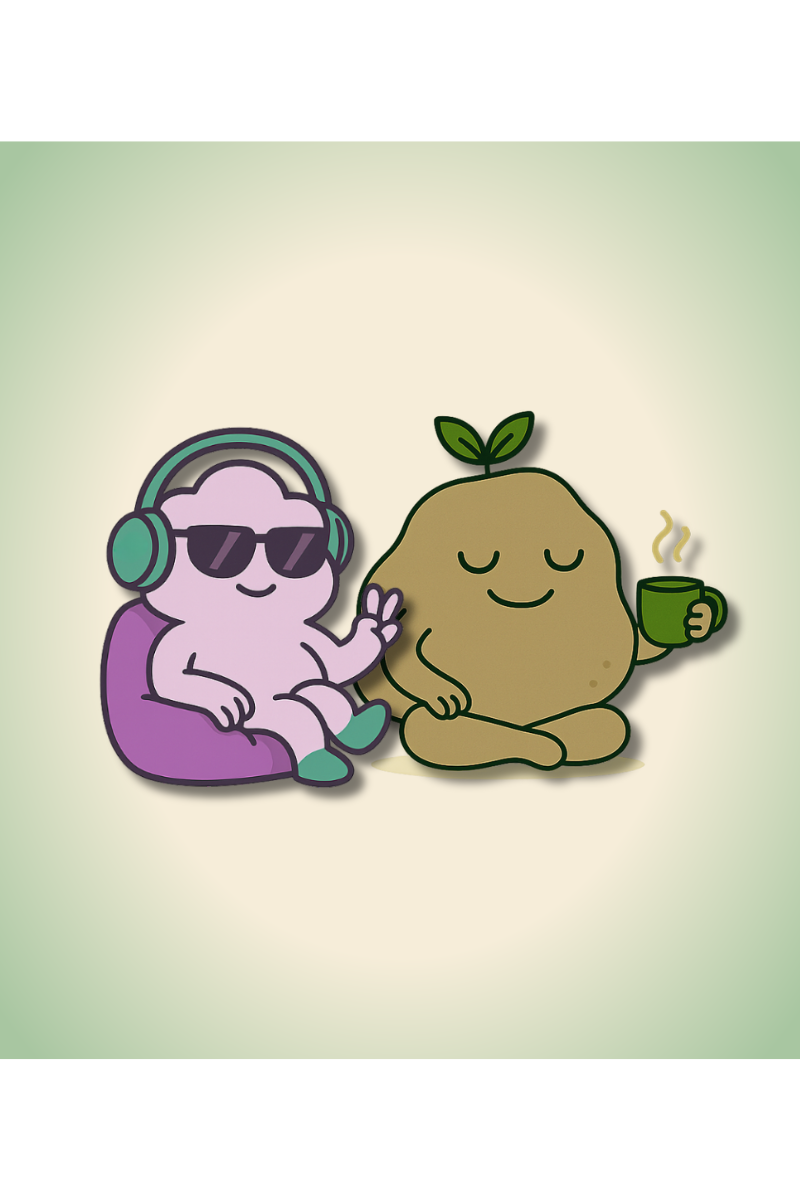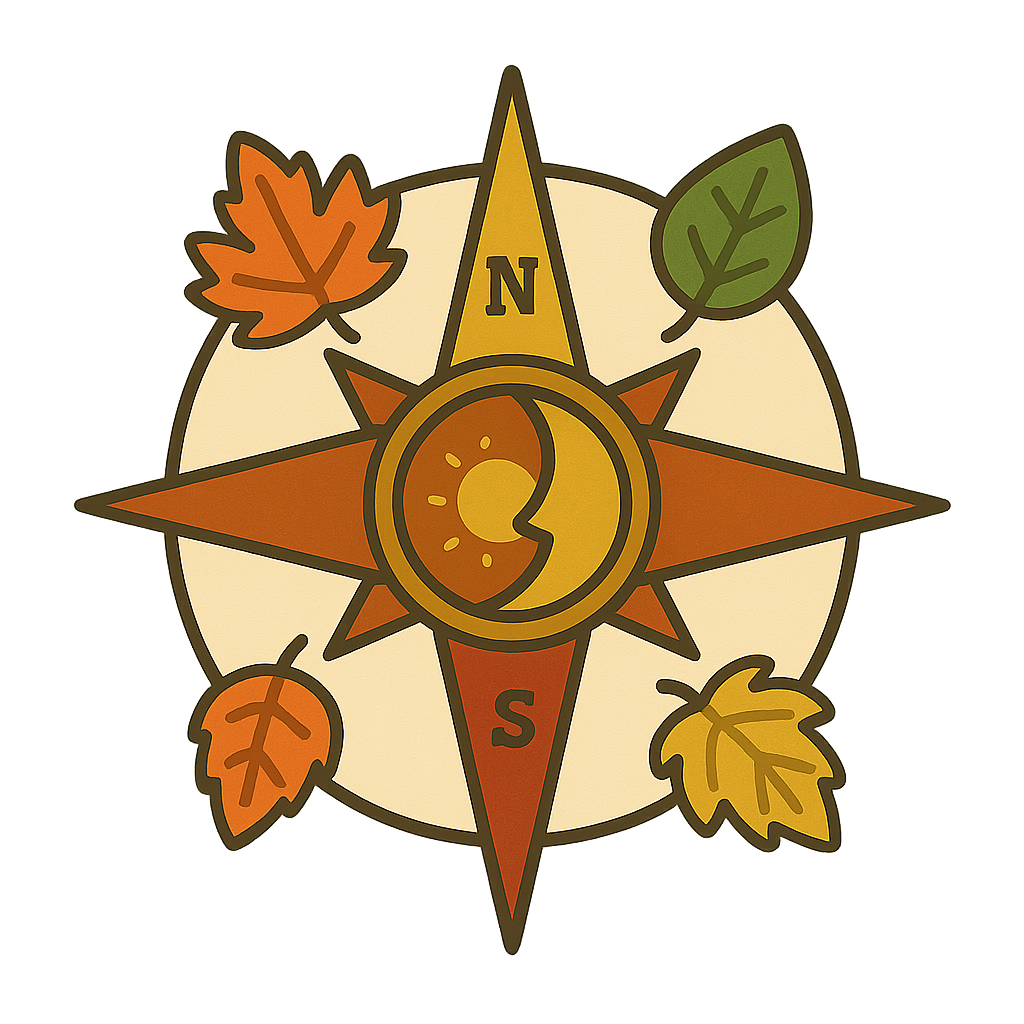Parents, teachers, and caregivers often reach for the “timeout” when kids are overwhelmed, acting out, or melting down. It’s a familiar tool — but the truth is, timeouts don’t always give children what they really need in those big-feeling moments.
In fact, research shows that while timeouts can stop behavior temporarily, they don’t actually teach kids how to manage their emotions. And that’s where many adults feel stuck: how do you help a child calm down, learn, and grow — without making them feel punished?
At Moojiverse™, we believe every mood has a place and every feeling finds a friend. Instead of timeouts that isolate, we focus on tools that connect. Here’s why timeouts often miss the mark — and what you can try instead.
Why Timeouts Don’t Always Work
-
Seen as punishment, not teaching. Kids often view timeout as being “banished,” which can add shame instead of support.
-
Doesn’t build coping skills. A child may stop the behavior, but they don’t learn what to do next time.
-
Disconnects rather than connects. Emotional regulation grows when children feel safe and understood. Timeout can create distance when kids actually need guidance.
What to Try Instead: Connection-Based Tools
Here are some small but powerful alternatives that give children both space and skills:
1. Calm & Grounded Breaks
Instead of sitting in a corner, kids can take a calm break inspired by Chillmore™ (“Peace is my power”) and Steady Eddy™ (“Strong and still”).
-
Add a cozy corner with headphones, fidget tools, or a warm drink.
-
Let kids connect with calm, not shame.
👉 Explore the Calm & Grounded Duo in the Fall Reset Collection for visuals that reinforce this idea.
2. Reflection Journals
Writing or drawing can give kids an outlet for big feelings. A journal turns “timeout” into a reset.
-
The Fall Reset Journal includes morning + evening reflection pages.
-
Kids can name their mood, set intentions, and let feelings out safely.
👉 Journaling builds habits of self-awareness — not just silence.
3. Affirmation Cards
Instead of sending a child away with nothing, hand them words of encouragement.
-
Our Fall Affirmation Cards remind kids: “Peace is my power” and “Strong and still.”
-
These short, powerful phrases build resilience and confidence.
👉 Cards can be kept in a classroom calm corner or a family “feelings basket.”
4. Visual Anchors (Stickers & Bookmarks)
Sometimes kids need something small and tactile to hold onto.
-
Sticker designs (lanterns, leaves, compasses) or magnetic bookmarks can serve as grounding reminders.
-
They can redirect attention and help kids anchor to something safe when emotions are high.
👉 These tools are part of the Fall Reset Collection and make simple swaps for traditional timeouts.
A Kinder Way Forward
Timeouts are familiar, but they’re not always effective. Instead of isolating kids in their hardest moments, we can give them tools to reflect, calm, and grow.
That’s the heart of the Moojiverse™ — every mood has a place, and every feeling finds a friend.
✨ Ready to reset routines this fall?
Shop the Fall Reset Collection for journals, affirmation cards, and calming tools that help kids (and caregivers!) move beyond timeout.





Leave a comment
This site is protected by hCaptcha and the hCaptcha Privacy Policy and Terms of Service apply.